Spring skiing can be tricky, but it doesn’t have to ruin your day. Wet, heavy snow slows you down, tires you out, and makes turning a challenge. But with the right technique and gear tweaks, you can glide through slushy conditions like a pro. Here’s what you need to know:
- Stay balanced: Bend your knees more and keep your weight centered to handle uneven snow.
- Turn smoothly: Avoid sharp, aggressive turns. Carve gently to maintain control and reduce drag.
- Use speed wisely: A little extra momentum helps you skim over sticky patches instead of getting bogged down.
- Wax smart: Spring-specific wax prevents snow from grabbing your skis.
- Gear matters: Compact, lightweight options like Snowfeet mini skis make navigating slush easier than bulky equipment.
Spring conditions change fast - from icy in the morning to mushy by afternoon. Adjust your timing, technique, and equipment to match the snow. Want more details? Let’s break it down step by step.
What Makes Spring Snow Different
Why Spring Snow Is Hard to Ski
Spring snow has a reputation for being heavy and tough to navigate, and it all comes down to its high water content. Unlike the dry, fluffy snow of winter, spring snow undergoes repeated cycles of melting during the day and freezing overnight. This process creates what's known as "corn snow" - rounded crystals that form through this melt-freeze cycle.
The high water content makes the snow sticky, which is bad news for your glide. Instead of smoothly sliding, your skis or snowboard feel like they’re dragging through glue. This stickiness creates extra resistance, making it harder to move efficiently. Traditional long skis and snowboards struggle even more because their larger surface area gives the wet snow more to grip onto, increasing drag.
Main Problems in Spring Conditions
Spring skiing comes with its own unique set of challenges that you don’t typically face in winter. One of the biggest issues is speed control. The sticky snow acts like a brake, making it tough to maintain steady momentum. You’ll work harder to build up speed, only to lose it quickly when you hit a particularly wet or slushy patch.
This constant resistance can wear you out fast. Fatigue sets in as you battle the snow's grip, and it can throw off your technique as you try to adjust. A common issue is the slushy texture that develops when nighttime temperatures don’t dip below freezing. Without those freezing temps, the snow doesn’t firm up overnight, leaving you with a sloppy mess by the time you hit the slopes. In these conditions, having the right gear can make a huge difference in keeping your performance - and fun - intact.
How Snow Changes During the Day
Spring snow isn’t just tricky - it’s also unpredictable. Conditions can shift dramatically throughout the day, making it feel like you’re skiing on three different mountains from morning to afternoon. Staying adaptable is key.
Early mornings, typically between 7:00 and 8:00 AM, are when the snow is at its firmest. Overnight cooling, combined with clear skies and calm winds, often leads to frosty, icy surfaces. During this brief window, the snow is fast and predictable, perfect for carving with traditional skiing techniques.
"Morning frost potential: Clear skies and calm winds overnight can lead to significant temperature drops, resulting in frost..." - OpticWeather
By mid-morning, as the sun starts to climb, the snow begins to soften. The once-firm surface turns more resistant as temperatures rise, requiring you to adjust your approach. This is when the snow starts to sap your energy, and technique becomes even more critical.
"Afternoon warming: As the sun climbs higher, it heats the ground and atmosphere, leading to a rapid increase in temperature." - OpticWeather
Late afternoon brings its own set of challenges. Even if air temperatures stay below freezing, direct sunlight can destabilize the snow quickly. You’ll often find yourself dealing with inconsistent, mushy conditions that demand agile movements and, ideally, specialized gear like Snowfeet*. These constant changes highlight why adapting your technique and equipment is so important for spring skiing success.
HOW TO SKI SPRING WET SNOW / SLUSH TO CORN
How to Change Your Skiing Technique for Spring Snow
Spring snow can be tricky - it's heavy, sticky, and unpredictable. To handle it well, you need to tweak your skiing technique. This isn't about working harder; it's about working smarter. By making a few adjustments, you can stay in control and save your energy for a full day on the slopes. Let's start with your stance.
Stay Flexible and Balanced
In spring snow, a solid stance is everything. The snow's uneven resistance can throw you off if you're too rigid. So, loosen up a bit.
Bend your knees and ankles slightly more than you would in winter conditions. Think of this as your built-in suspension system - it helps you absorb sudden changes in the snow's texture without losing balance. Keep your weight centered over your feet, and be ready to make quick, subtle adjustments as the snow grips or lets go of your skis.
If you're using traditional long skis, be aware that they can exaggerate weight shifts, making balance trickier. Shorter equipment, like Snowfeet mini skis, can help with this. Their compact design makes them more forgiving, reducing the impact of small balance errors.
Your upper body should stay steady while your legs do the work. Avoid leaning too hard into turns or making sudden weight shifts. Let your lower body adapt to the terrain while keeping your torso relaxed and centered.
Smooth Turns and Gentle Edging
Spring snow isn't the place for aggressive, sharp turns. Instead, focus on smooth, gradual movements. Start each turn with a light weight shift and slowly increase pressure as you carve through the arc.
Why does this matter? Clean, deliberate edge work helps push water out from under your skis, giving you better grip and control. Rushing or forcing your edges can lead to catching an edge - and nobody wants that.
Long alpine skis can struggle here because their extended edges are more likely to snag on uneven snow. Shorter gear, like Snowfeet, shines in these conditions. The shorter edges allow for quicker, more controlled turns without the risk of catching.
Carve your turns fully instead of skidding through them. Skidding eats up energy and creates more drag in the heavy snow. By maintaining steady pressure and carving clean arcs, you'll move more efficiently. Skip sudden movements or aggressive pole plants - they'll just throw off your rhythm. Instead, let the snow guide your pace and aim for smooth, flowing turns.
Let Speed Work for You
Here’s the surprising part: going a bit faster can actually make spring skiing easier. Momentum is your best friend when you're dealing with sticky snow. A good glide helps you skim over problem areas instead of getting stuck in them.
When you ski too slowly in heavy conditions, you're essentially plowing through the snow, which takes a lot more effort. Keeping up a bit of speed reduces resistance and saves your energy.
Traditional long skis can add drag, making it harder to maintain that sweet spot of speed. Lightweight gear, like Snowfeet, makes it easier to manage your pace and stay in control without feeling weighed down.
Plan your path carefully to keep your momentum going. Look for smoother snow and avoid stopping in flat areas where sticky patches can grab your skis. Use natural terrain features to help you maintain a steady flow, and avoid fighting against the snow.
Find a rhythm that works for you - a consistent pace that lets you link turns easily without abrupt speed changes. This approach keeps you ahead of the snow's resistance, giving you more control and making your descent smoother and more enjoyable.
Why Snowfeet* Products Work Best for Spring Snow

Spring skiing can be tricky. The snow gets sticky, heavy, and unpredictable, making traditional long skis feel like more of a hassle than a help. That’s where Snowfeet* products shine. Their lightweight and compact design turn those springtime challenges into smoother rides and better control, so you can actually enjoy the slopes.
Here’s why Snowfeet* outperforms traditional gear in spring conditions:
Lightweight and Easy to Handle
One of the standout perks of Snowfeet* is how light they are. Unlike traditional skis that can feel clunky and exhausting in sticky snow, Snowfeet* keeps things simple. Their lightweight build reduces fatigue, giving you better control and balance no matter how the snow changes throughout the day.
Plus, their compact size means less snow contact. That translates to less drag and smoother gliding, even when the snow gets heavy. Instead of fighting your gear, you can focus on having fun and fine-tuning your technique.
Quick, Precise Turns in Slushy Conditions
Spring snow often throws curveballs - slushy patches, uneven terrain, and sudden sticky spots. Traditional skis, with their wide turning radius, can make it tough to react quickly. Snowfeet* products, on the other hand, are designed for sharp, fast turns. Their shorter length allows for tighter maneuvers, so you can adjust your line effortlessly and avoid catching an edge.
This agility makes it easier to handle those unexpected sticky sections, giving you the confidence to carve through softer snow without missing a beat.
Versatile and Easy to Carry
Another huge win for Snowfeet* is their versatility. They work with regular winter or snowboard boots, so there’s no need to invest in special footwear. And because they’re so compact, they’re easy to carry around - perfect for quick setups and hassle-free transitions as the day warms up.
All in all, Snowfeet* products are a game-changer for spring skiing. Their lightweight, agile, and versatile design helps you tackle the unique quirks of spring snow with ease, letting you focus on what really matters: enjoying the ride.
sbb-itb-17ade95
Gear Setup and Safety Tips for Spring Skiing
Once you've polished your skiing technique, getting your gear dialed in is the next big step for tackling spring snow. The right setup can make all the difference in keeping you safe and performing at your best.
Waxing and Care for Wet Snow
Spring snow has a pesky habit of sticking to your skis, creating a suction effect that slows you down. To combat this, use a spring-specific wax. Unlike all-temperature wax, which works well in colder, drier conditions, spring wax is specially formulated to repel moisture and prevent that annoying "suction cup" feeling.
Here’s how to get it right:
- Apply the wax generously, then scrape and brush off any excess. Leaving extra wax on your skis can actually attract dirt and debris, making things worse.
- Spring wax is most effective in temperatures between 32°F and 50°F. If you're out early in the morning when it’s colder, consider using a colder-temp wax and switch it up as the day warms.
Spring skiing also brings extra grime - think dirt, pollen, and wet snow - that can build up on your bases. A quick wipe-down between runs can keep your glide smooth and your performance sharp. And if you’re using Snowfeet* gear, waxing is even quicker thanks to their compact size compared to traditional skis.
Binding Setup and Equipment Checks
Spring conditions can be tough on your gear, so regular checks are a must. The freeze-thaw cycles of spring can loosen screws and bindings, so make sure everything is secure before you hit the slopes. Also, check your release settings - wet snow can lead to unexpected catches, and you want your bindings to release properly when needed. If it’s been a while since your bindings were inspected, spring is a great time to get them checked at a shop.
Wet snow also tends to pack under bindings, which can mess with their functionality. Snowfeet* products have a smaller surface area, reducing snow buildup compared to traditional ski bindings. Still, it’s smart to carry a scraper to clear out any packed snow that might interfere.
Don’t forget to inspect your boot soles. Worn soles can compromise how your boots interact with the bindings, and spring conditions - wet and often freezing - can make this even more critical. Cracks in the soles can let water in, which might freeze and alter how your boots fit.
Best Times to Ski and Picking the Right Slopes
Timing is everything in spring skiing. Aim for the sweet spot between 10:00 AM and 2:00 PM. By late morning, the snow has softened from the overnight freeze but hasn’t turned into heavy slush yet. Early mornings often mean icy, rock-hard conditions, while late afternoons bring sticky, grabby snow that’s a chore to ski on.
South-facing slopes are your best bet for consistent spring conditions. They get the most sun, which helps create that ideal corn snow - soft but still supportive. North-facing slopes stay firmer longer, which can be great if you like harder snow, but they can also be icy if the snow hasn’t had a chance to soften.
Flat areas are a no-go during peak warming hours. These spots collect heavy, sticky snow that can stop you in your tracks. Snowfeet* gear, with its lightweight design, helps avoid sinking too deep into soft snow, but even they have their limits in slushy conditions.
Keep an eye on the snow as the day progresses. That perfect spring snow at 11:00 AM can turn into a sticky mess by mid-afternoon. Be ready to adjust your plans - and don’t hesitate to call it a day when conditions go south. Spring skiing is all about quality over quantity. A few hours of smooth turns beat a full day of slogging through heavy snow.
If you’re heading into the backcountry, check avalanche conditions. Spring brings its own avalanche risks as warmer temperatures destabilize the snowpack. Wet avalanches move slower than dry ones but are just as dangerous, especially in terrain traps where heavy debris can bury you.
With the right gear adjustments, regular checks, and smart slope choices, you’ll be ready to take on the unpredictable spring snow. Pair these tips with agile techniques, and you’ll be set for a safe and fun ride. Snowfeet* gear adds extra convenience, making it easier to stay ahead of changing conditions.
Snowfeet* vs Regular Skiing Gear
When it comes to tackling spring snow, your choice of equipment can make or break your experience. Wet, heavy snow can be a challenge for traditional skis and snowboards, but Snowfeet* products stand out with their lightweight and agile design. Let’s break it down.
Side-by-Side Comparison: Snowfeet* vs Regular Gear
| Feature | Snowfeet* Products | Traditional Skis | Snowboards |
|---|---|---|---|
| Weight | Ultra-light, easy to handle | Heavier due to length and materials | Heavier, built for stability |
| Maneuverability | Quick edge changes, great in wet snow | Can catch in sticky conditions | Less agile in slushy snow |
| Portability | Fits in a backpack | Requires ski bags or roof racks | Bulky, harder to transport |
| Learning Curve | Quick to pick up | Requires precise technique and time | Moderate learning curve |
| Boot Compatibility | Works with winter shoes, ski boots, or snowboard boots | Needs dedicated ski boots | Requires specialized snowboard boots |
| Spring Snow Performance | Minimal drag and suction in wet snow | Struggles with drag in slushy conditions | Faces resistance in heavy, wet snow |
| Price Range | $150 – $690 | Generally higher for a full setup | Often a larger investment for complete gear |
Snowfeet* products shine in spring snow thanks to their ability to reduce drag and suction, which are common issues with traditional skis and snowboards. Plus, they work with a variety of footwear, making them a versatile option for unpredictable conditions.
Another standout feature is portability. Unlike traditional skis or snowboards that often need a roof rack or a bulky bag, Snowfeet* can be tucked into a standard backpack. This makes it easy to hit off-the-beaten-path slopes and chase the best snow without lugging around heavy gear.
Cost is another area where Snowfeet* make a strong case. Traditional ski setups, with their bindings, boots, and poles, can be a hefty investment. Snowfeet* provide a more budget-friendly option without compromising on performance, letting you enjoy spring skiing without breaking the bank.
And while snowboards are great for powder, they often fall short in wet, heavy spring snow - an area where Snowfeet* excel.
In the ever-changing conditions of spring, Snowfeet* let you adapt on the fly. Instead of being locked into a rigid setup, you’ll have gear that’s designed for both performance and fun. This comparison highlights why choosing the right equipment is just as important as adjusting your technique for spring snow adventures.
Conclusion: Ski Spring Snow with Confidence
Spring skiing doesn’t have to be a slog through heavy, wet snow. With a few tweaks to your technique and the right gear in your arsenal, those tricky conditions can turn into some of the most fun and rewarding days on the slopes.
We’ve covered some key tips: staying centered, making smooth and deliberate turns, and using momentum to glide through varying snow textures. These small adjustments can help you handle everything from icy mornings to soft, slushy afternoons. Pair these moves with smart planning - like timing your runs for midday when the snow is at its best - and you’ll notice a big difference.
Your gear matters just as much. Traditional skis and snowboards often struggle with drag in wet snow, but Snowfeet* products are designed to shine in these conditions. Their lightweight build, easy maneuverability, and compatibility with regular boots make them a game-changer for spring skiing. The payoff? Less effort, better control, and way more enjoyment.
If you’re looking to upgrade your spring skiing setup, check out SnowfeetStore.com. With prices ranging from $150 to $690 and over 5,500 verified reviews averaging 4.9 out of 5 stars, there’s something for every budget and style. Whether you’re a seasoned skier or just looking to try something new, this gear can help you stay agile and confident on the mountain.
With a few adjustments to your technique and the right equipment designed for spring conditions, you’ll be ready to make the most of every run.
FAQs
What are the best techniques for skiing in wet, heavy spring snow?
To ski in wet, heavy spring snow, you’ll need to tweak your technique to match the ever-changing conditions. Focus on making slower, wider turns to stay steady on softer snow. When you hit slushy patches, shift to quick, short turns for better control. Also, aim to keep your weight evenly distributed and adopt a slightly more upright stance. This helps with balance and makes it easier to stay in control.
When it comes to gear, Snowfeet products like skiblades, skiskates, and mini skis are a fantastic choice for spring. Their lightweight build and easy maneuverability make them much simpler to handle than traditional skis or snowboards. This means you’ll have more agility and use less effort, which is a big plus when dealing with the freeze-thaw cycles that spring skiing throws at you.
Don’t forget about your equipment setup! Make sure your gear is in top shape, with sharp edges to grip firmer snow patches. With these technique tweaks and the right equipment, you’ll be ready to enjoy the unique challenges of spring skiing without breaking a sweat.
What makes Snowfeet products better than traditional skis for wet, heavy spring snow?
Snowfeet gear shines when it comes to tackling wet, heavy spring snow. Why? Because they’re light, super easy to control, and adapt to a variety of conditions. Their compact size gives you better control and lets you make sharp, quick turns - something that’s a game-changer in tricky spring conditions. Plus, the camber design adds a nice springy feel, helping you glide through that sticky snow like it’s no big deal.
What’s also awesome is how convenient they are. Snowfeet are easy to carry, slip right over your regular winter boots, and spare you from lugging around bulky ski gear. They’re perfect for anyone who wants to enjoy the quirks of spring snow without the hassle of traditional equipment. Fun, easy, and hassle-free - that’s Snowfeet in a nutshell.
How can I prepare and maintain my skiing gear for the best performance in wet, heavy spring snow?
Keep Your Gear in Top Shape for Spring Skiing
If you want to make the most of skiing in wet, heavy spring snow, taking care of your gear is non-negotiable. Regular maintenance keeps your equipment performing at its best. Start by inspecting your skis or skates often - look for damage, loose screws, or any signs of rust. After every session, dry off the edges and bindings completely to avoid corrosion. And here’s a big one: wax your skis every 3–5 days of use, or whenever the base starts looking dry or dull. This is especially crucial in spring conditions, where a good wax job helps you glide smoothly over that sticky, heavy snow.
Snowfeet products, like skiblades, skiskates, and mini skis, are a solid choice for spring skiing. Their lightweight, durable design means they handle tough snow conditions well and don’t need as much upkeep as traditional skis. Plus, they’re all about easy maneuverability and better control, making them a great fit for spring’s unpredictable terrain. Keep your gear tuned up and consider Snowfeet for a more balanced and fun experience on the slopes!

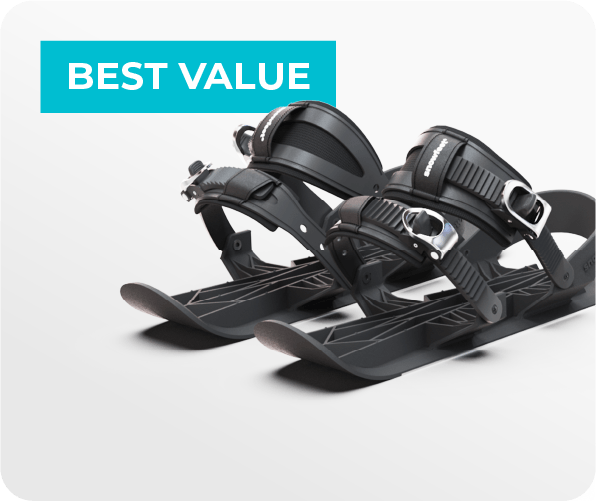



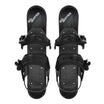
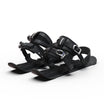
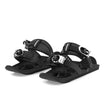
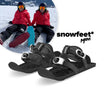
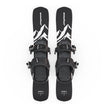
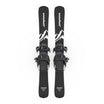


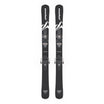
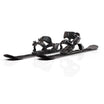
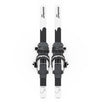


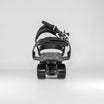

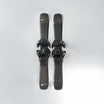


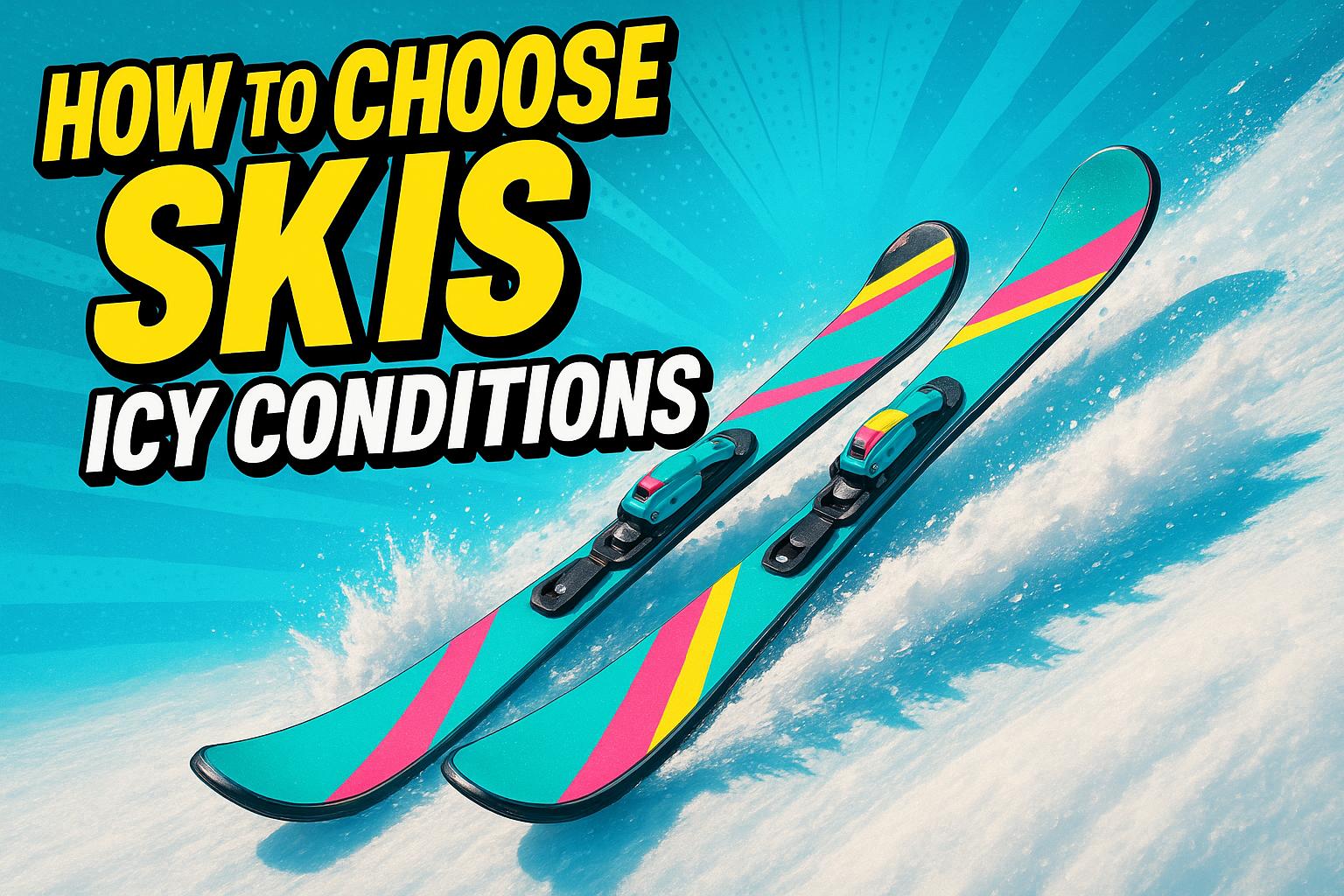
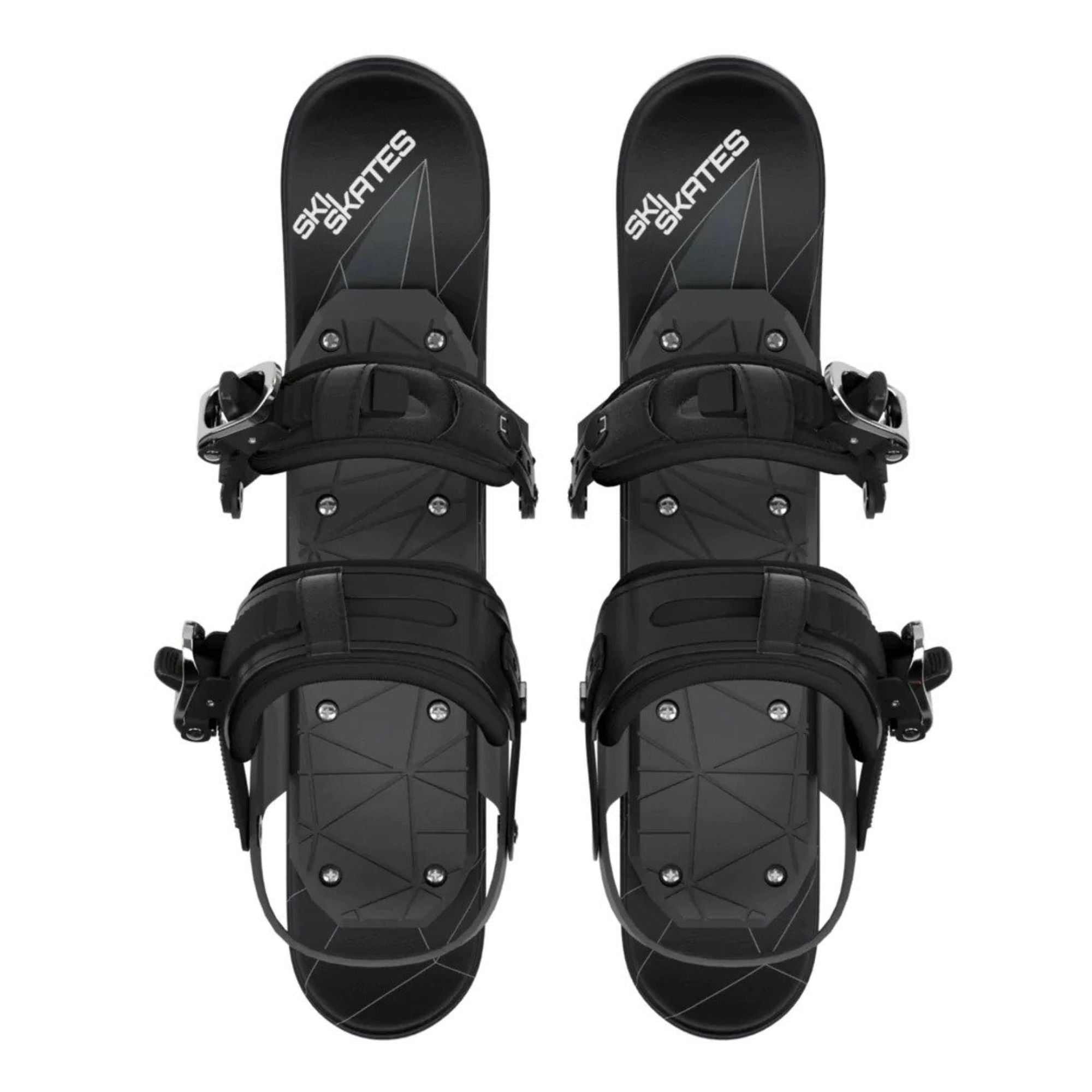
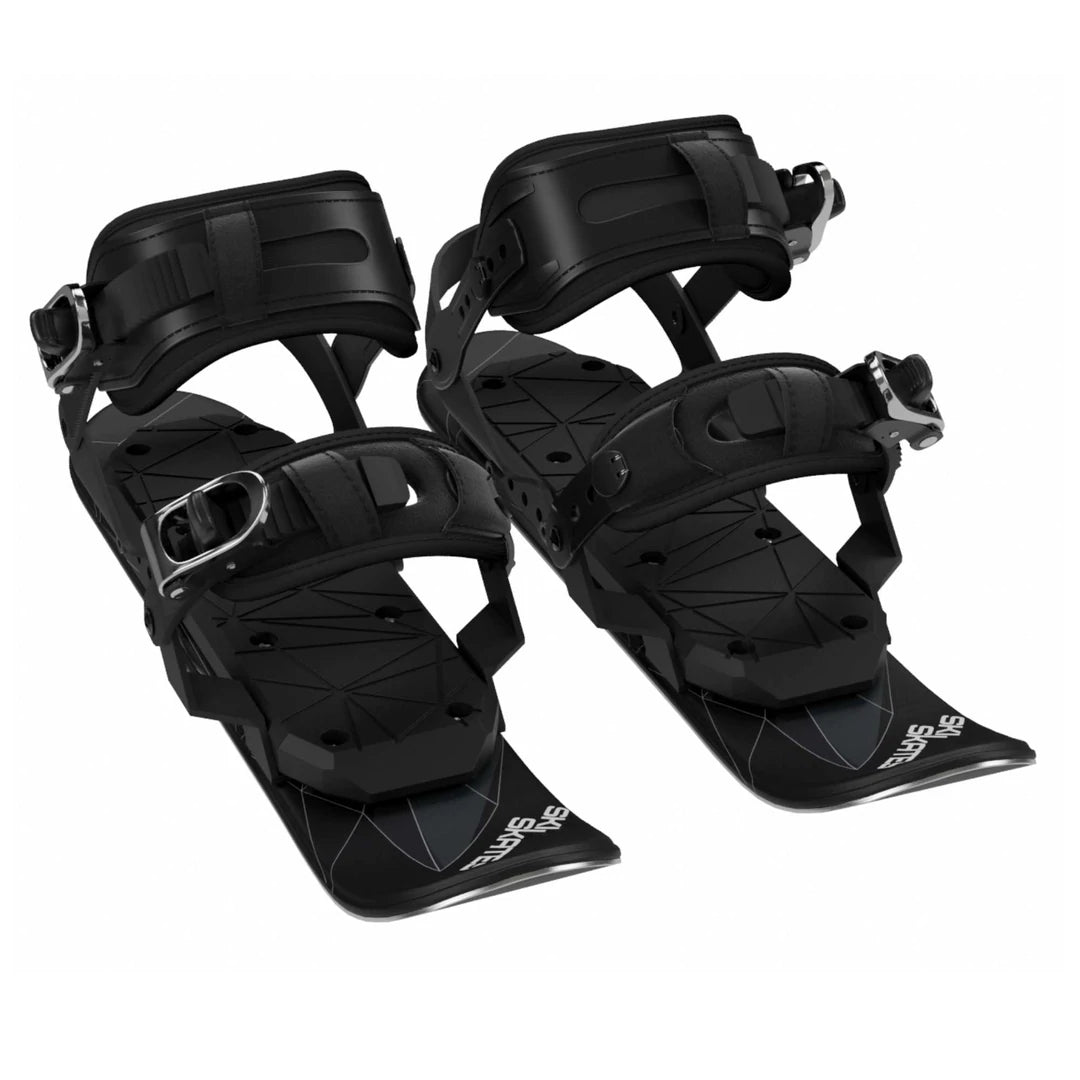
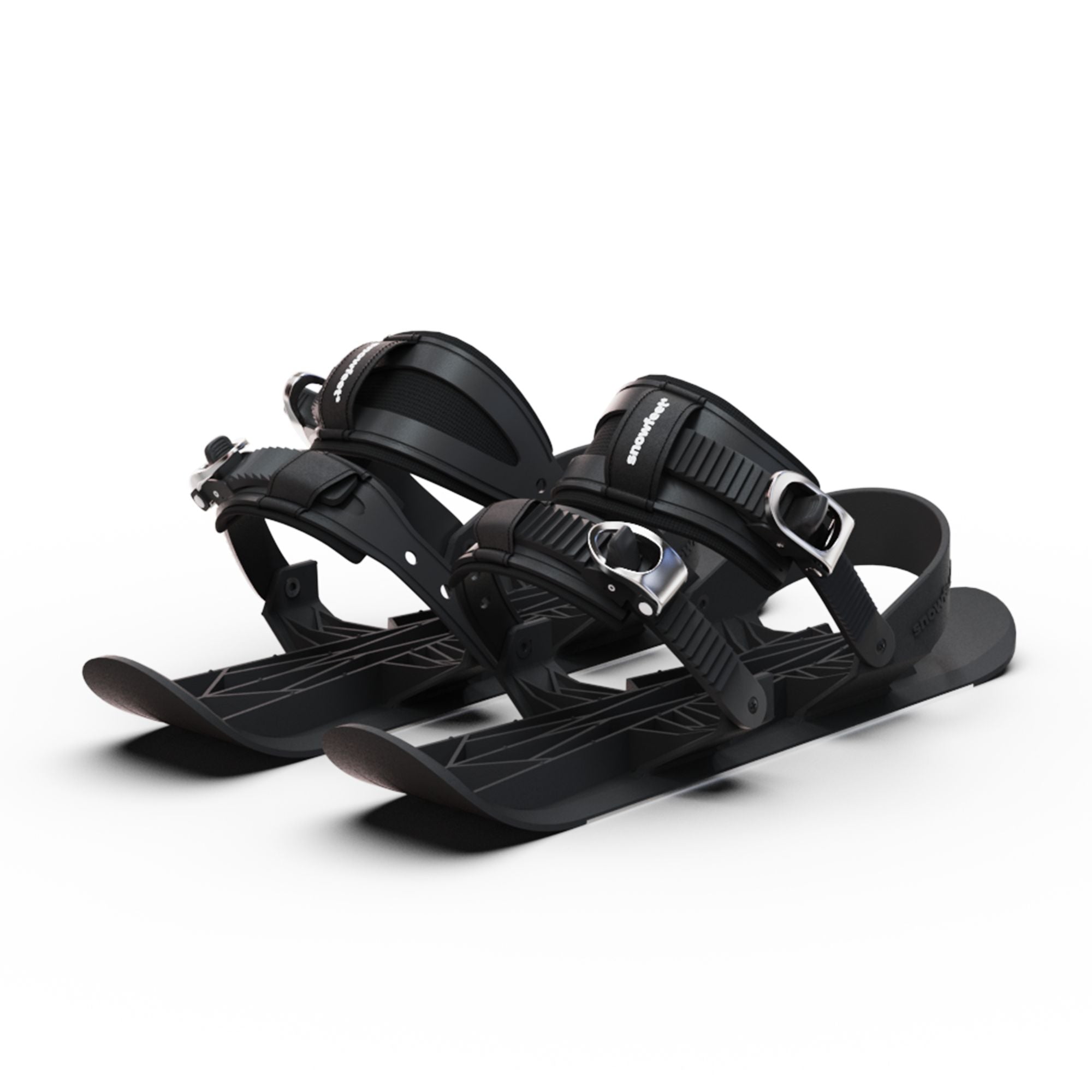

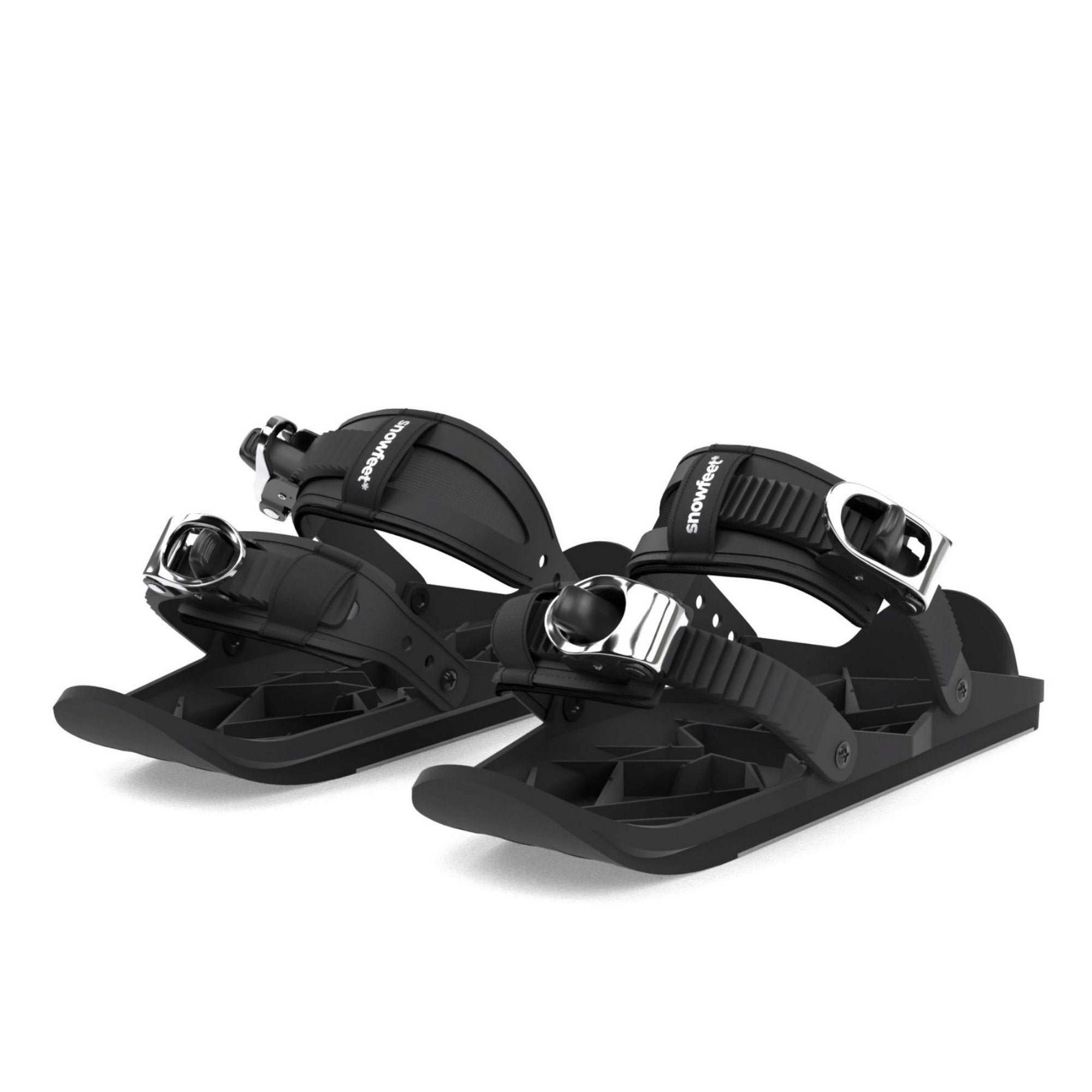
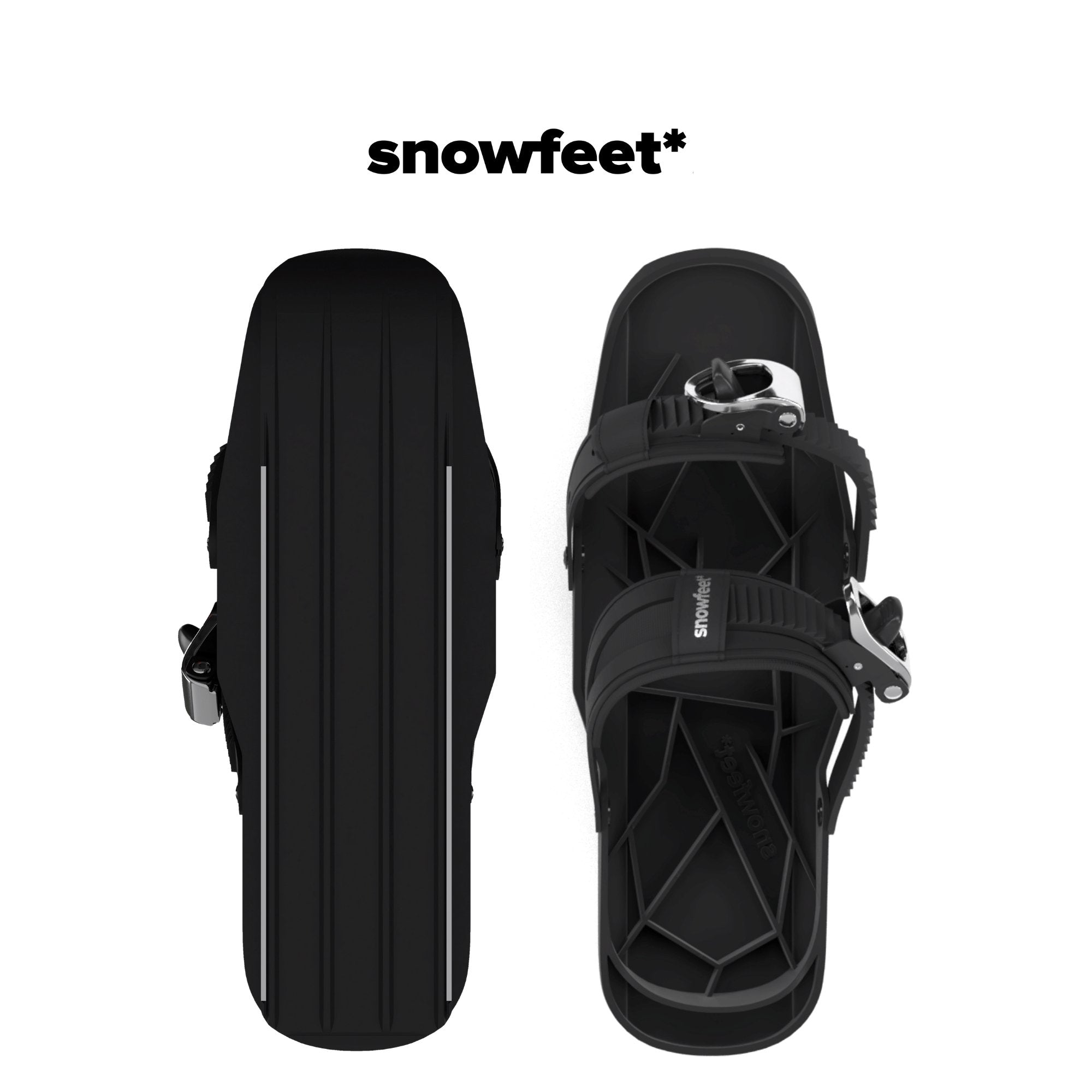
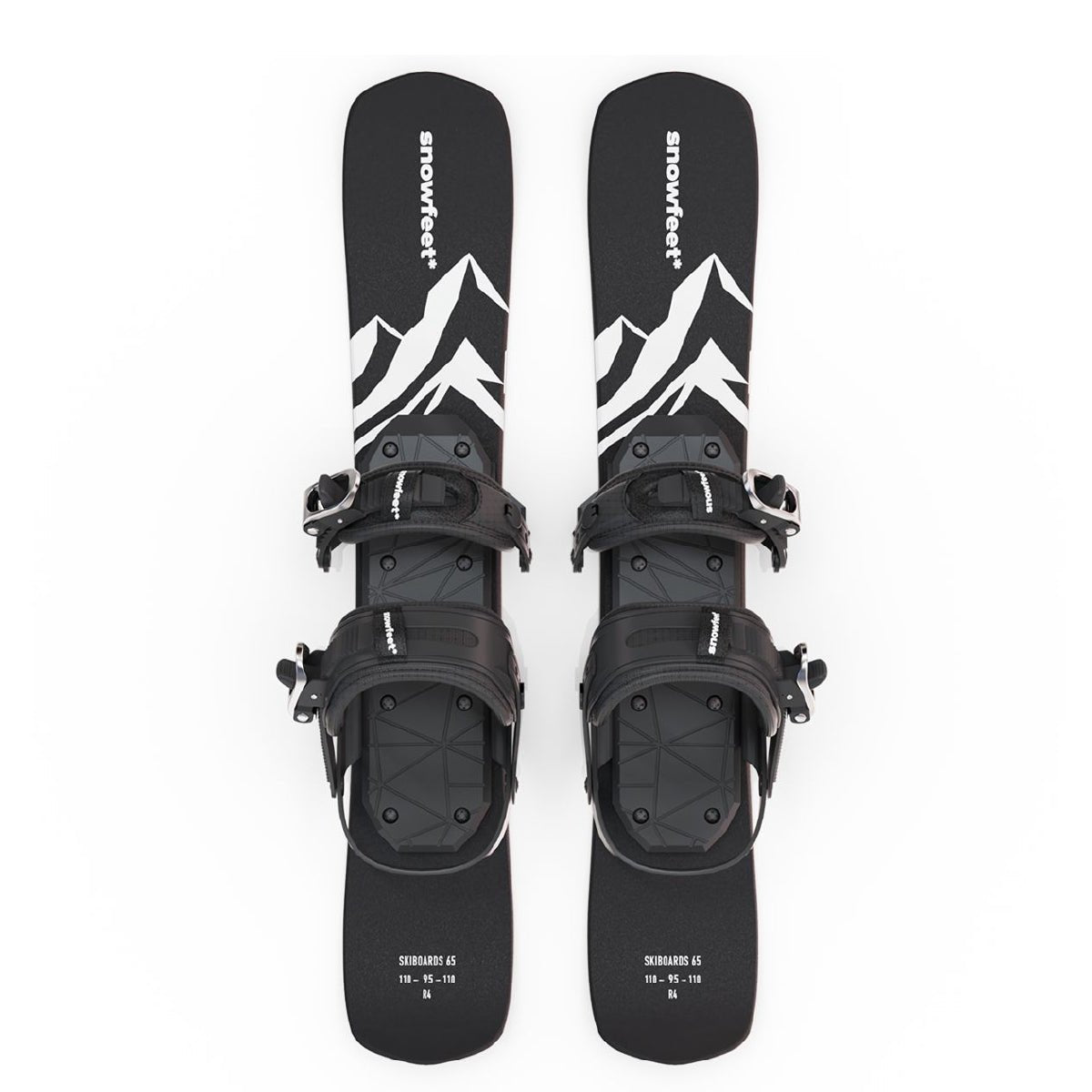
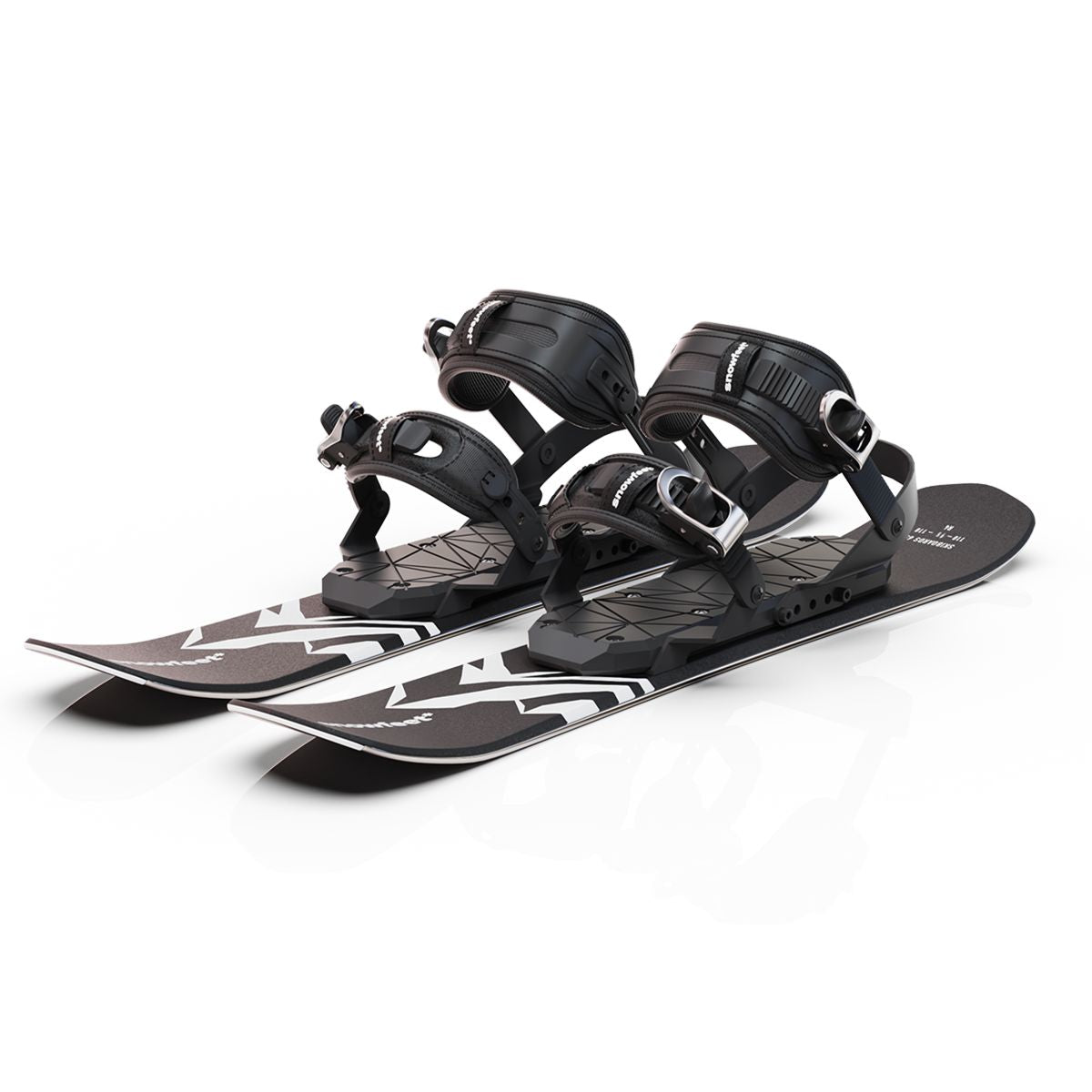
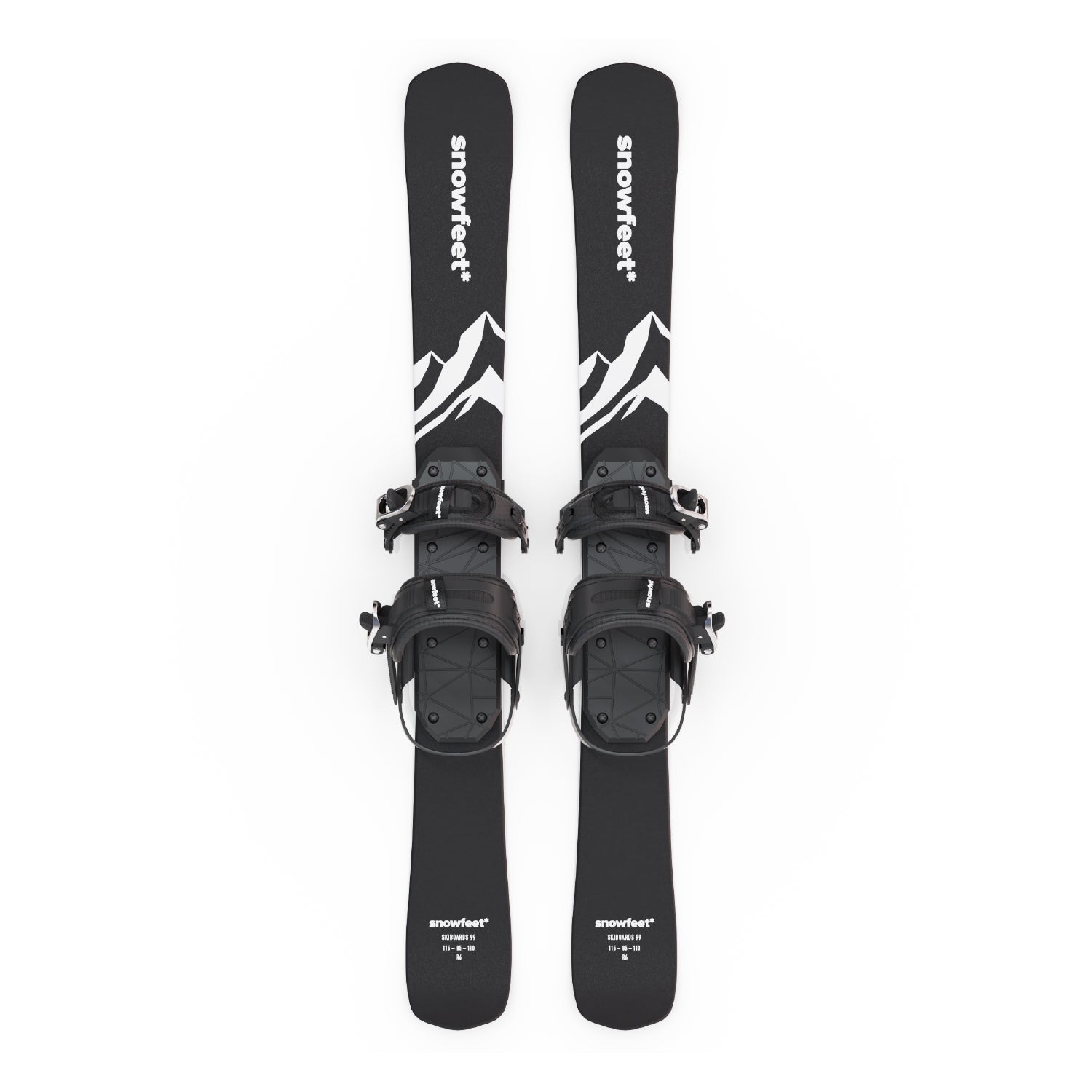
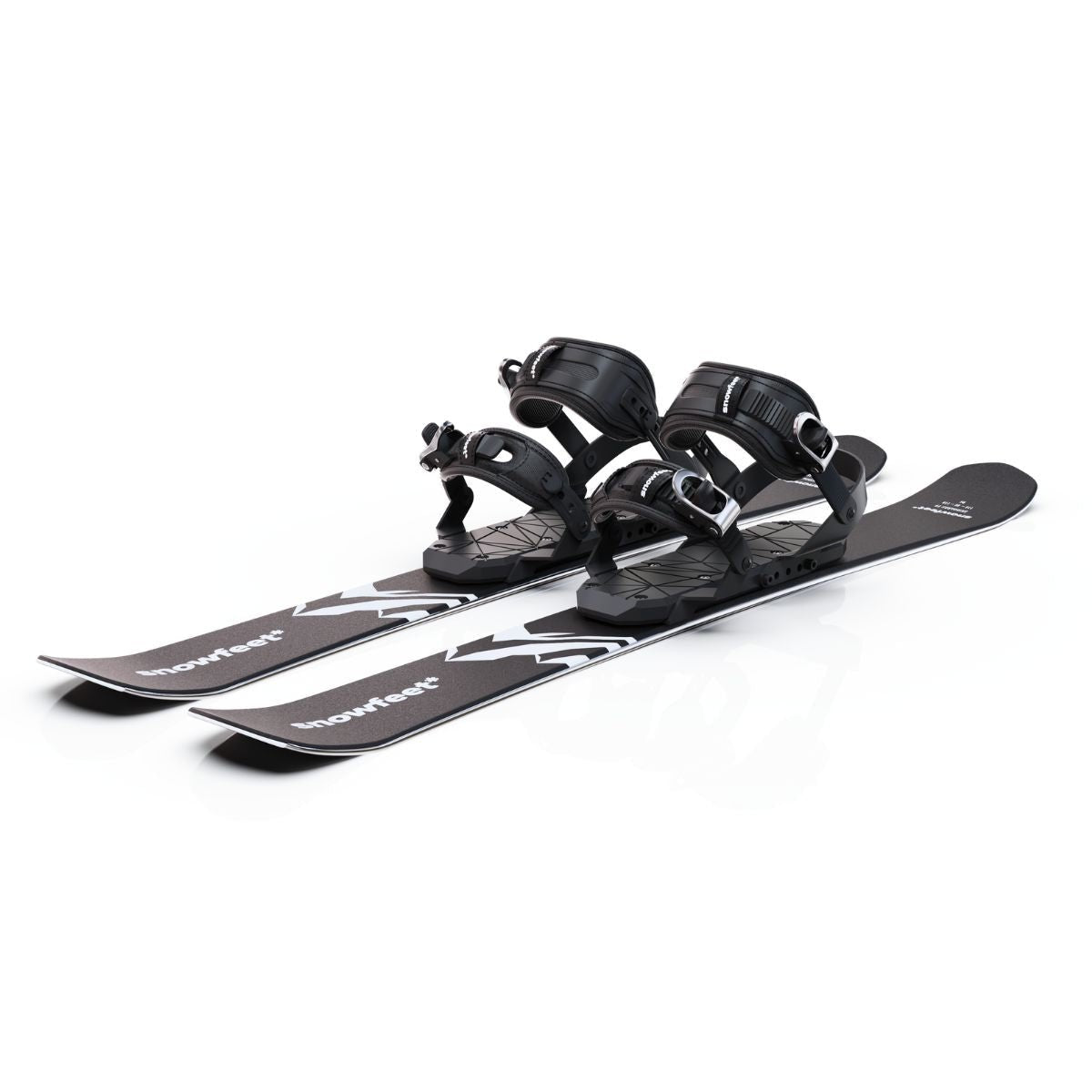
Leave a comment
This site is protected by hCaptcha and the hCaptcha Privacy Policy and Terms of Service apply.